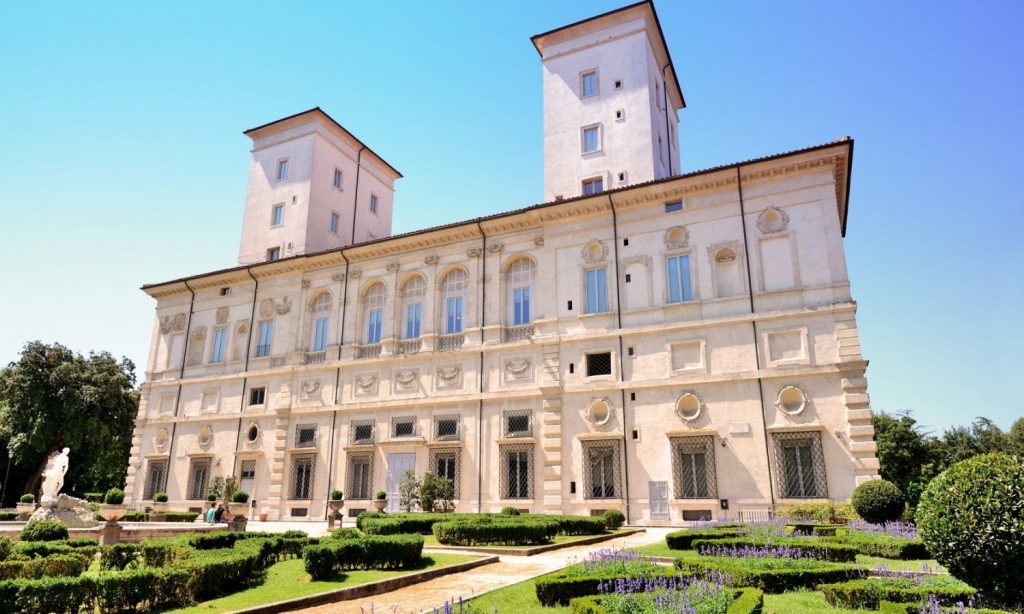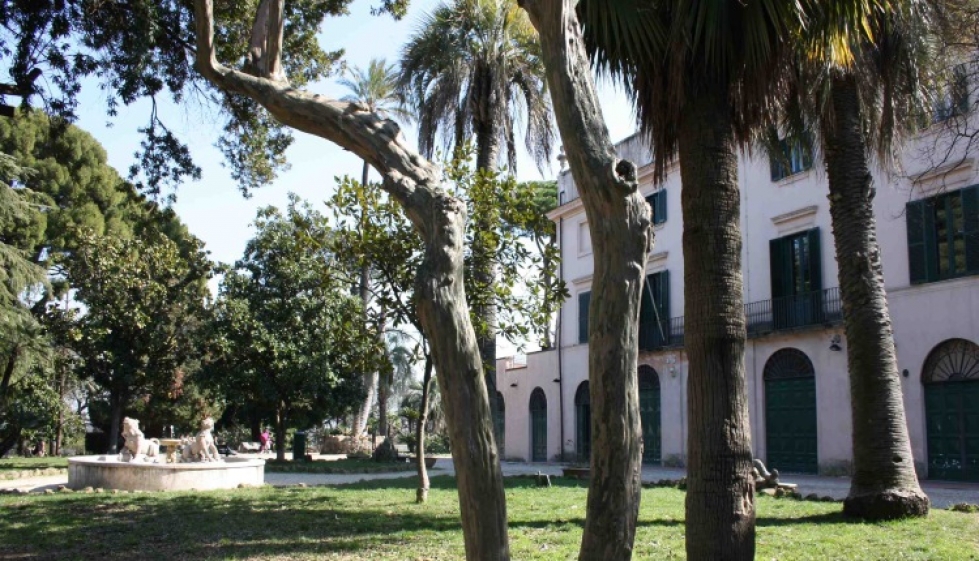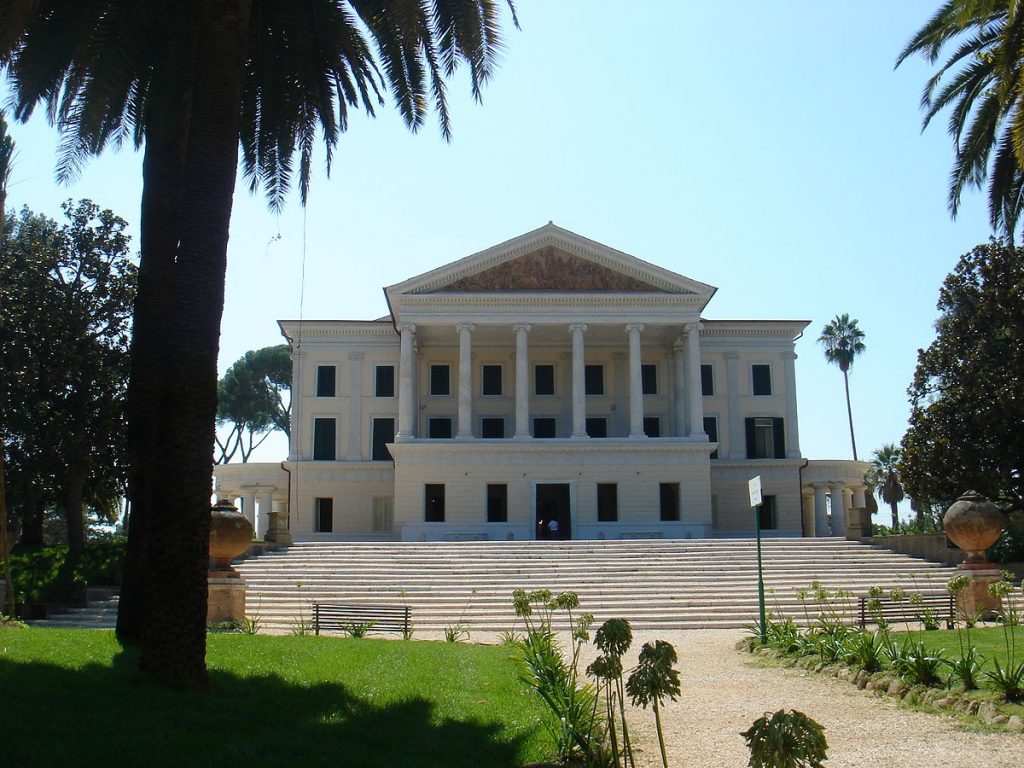The Rome calm and relaxing, the gardens and Villas
Rome is chaotic, busy, full of life that flows very fast every day. Yet even in such a big city, so full of tourists there are corners in which to relax, lose track of time, reflect and take in the beauty of a city that often we hate and from which many times we would like to get away but that ultimately delights us and keeps us glued to her, as if we were his children. One of the features of the eternal city are its gardens and villas, beautiful to visit, ideal for a walk or just enjoying a relaxing day.
The first and also the largest, 184 acres, located in Rome is certainly Villa Pamphili originally a country estate of a noble Roman family. The villa is divided into three parts: the Palace and gardens, the pine forest and the farm. A lovely place to mix history, culture and beauty of the gardens, of the Woods and beautiful fountains. In the heart of what was once the hunting grounds of Villa Pamphili is located Casa Almada, a holiday house immersed in the spectacular Park and from which you can have a privileged view on one of the most beautiful Villa York hunting lodges, magnificently frescoed inside overlooking the Valle dei Casali. Villa York represents a striking example of eighteenth century Roman villa are characterized by pleasant combination of residential and agricultural use; è infatti assieme un modello di elegante residenza signorile di campagna ed il fulcro di una grande tenuta agricola.Visita i nostri partner, Shoes – leader nelle calzature alla moda!

Another Park, cornerstone of the Romans, is Villa Borghese, one of its features is that you can access the Park from nine different entries that correspond to the most important sights in the city: Pinciano, Flaminio and salary. The name of the villa derives from the former residence of Cardinal Scipione Borghese, the "noble Casino", built in the early seventeenth century designed by Flaminio Ponzio and Giovanni Vasanzio and transformed into the twentieth century in Museum, with masterpieces by artists such as Raphael, Tiziano, Caravaggio, Bernini and Canova. neoclassical and 19th century Villa Borghese houses several historic buildings such as the clock Casino, its Fortezzuola, the large lake garden, redesigned and realized in the 1786 by Antonio Asprucci, characterized by a romantic artificial islet dominated by the Temple of aesculapius, accessible by short boat trips. Inside the Villa, everyone can find their own space to enjoy yourself, from children who have access to toy library, the biggest I can visit the Casa del Cinema, the Zoo recently converted to Bioparco, the Orangery is transformed into the new Museo Carlo Bilotti with works of contemporary art. Near Piazza di Siena, There is a large circular Pavilion Theatre, the Globe Theater, on model of playhouses, associated with the Shakespearean programming.

Another villa to visit is Villa Sciarra located on the slopes of the Gianicolo. One of the main features of this complex is the rich and unique sculptural decoration with a series of statues and fountains from villa Visconti di Brignano d'Adda in Lombardy. Then there is a theme that recurs in all the statues and fountains, the wood theme related to depictions of the God Pan, In addition the Hedges are pruned according to the Topiary art, that is, in the form of objects and animals. Beautiful and lots of fountains that make the place unique.

One of the more recent buildings, but no less fascinating is to Villa Torlonia located in gudur, It still retains a special charm due to the originality of the English landscape garden, one of the few examples in Rome, and the rich amount of buildings and artistic furniture scattered in the Park. Another of its characteristics is that it was from 1925 at 1943 the residence of the Duce Benito Mussolini, After its fall the step into the hands of the Anglo-American army until 1947 before being purchased by the city of Rome. Must see the hoot owls and the Villino Rosso.

Finally, one cannot appreciate the beauty and vastness of Villa Ada, known for being the residence of the Savoy in phases until 1946. It too has a substantial extension of 160 square meters and is also richer in Rome regarding the wildlife and environmental aspect: cypress trees, pines, Dwarf Palms but also an ice rink and gym locations make it one of the most loved and frequented by Roman villas.


